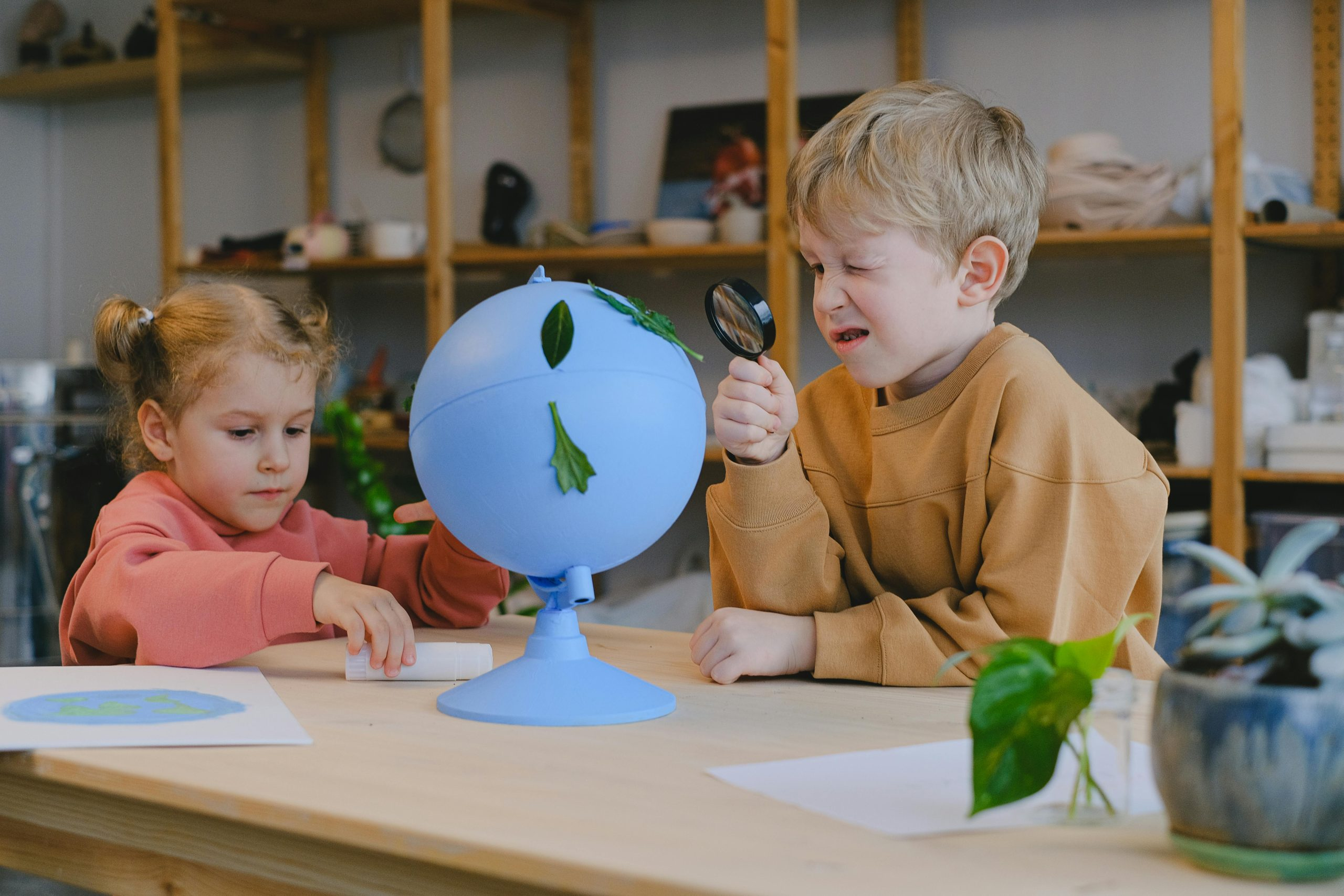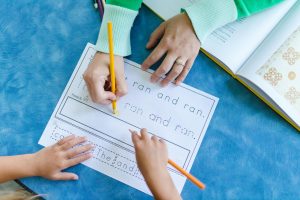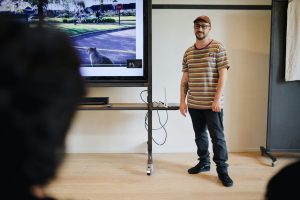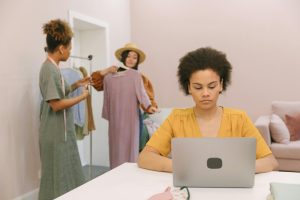Flipped Classroom Models: Maximizing Interactive Learning Time
The traditional classroom model of education has been long been a staple in our society, but with the rise of technology and the need for more interactive and engaging learning experiences, the concept of a flipped classroom has emerged. This flipped classroom model shifts the focus from teacher-centered instruction to a student-centered approach, where students take a more active role in their own learning. In this article, we will explore how flipped classroom models can maximize interactive learning time and provide a more effective learning experience for students.
What is a Flipped Classroom?
A flipped classroom is a teaching method that reverses the traditional education model. In a traditional classroom, students are taught new concepts, theories, and information by the teacher during class time, and then they are given homework to practice and reinforce their learning. In a flipped classroom, students are introduced to the material outside of class through pre-recorded videos, online lectures, or readings, and then class time is used for interactive activities and discussions. Essentially, homework becomes classwork, and class time is devoted to hands-on, interactive learning experiences.
The Benefits of Flipped Classroom Models
One of the most significant benefits of the flipped classroom model is that it allows for more interactive learning time. In a traditional classroom, a large portion of class time is spent on teacher-led lectures and students listening passively. This leaves little time for students to actively engage with the material and work on applying their knowledge. With a flipped classroom approach, students have already been introduced to the material before class, so they can come to class prepared with questions, ready to engage in discussions, and participate in interactive activities.
Another advantage of flipped classroom models is that they cater to different learning styles. Not all students learn best through lectures and taking notes. By incorporating interactive activities, such as group discussions, debates, and hands-on projects, the flipped classroom model allows for multiple ways of engaging with the material and caters to the learning needs of a diverse student population.
Maximizing Interactive Learning Time in a Flipped Classroom
To effectively maximize interactive learning time in a flipped classroom, teachers must plan and structure their classes carefully. Here are some strategies to consider:
Create Engaging and Informative Pre-Class Materials
The pre-class materials, such as video lectures or readings, must be relevant and engaging to ensure that students are adequately prepared for class discussions and activities. These materials should also provide a solid foundation of knowledge for students to build upon during class time.
Use Class Time for Application and Discussion
Class time should be used for hands-on activities and discussions that allow students to apply the knowledge they have learned and deepen their understanding. Group projects, debates, and case studies are all excellent ways to engage students and encourage them to think critically about the material.
Collect and Provide Feedback on Student Work
It is essential to collect and provide feedback on students’ work, whether it is projects, class discussions, or other activities. This will help students track their progress and identify areas where they may need extra support or practice.
Continuously Evaluate and Adjust
Finally, it is crucial to regularly evaluate the effectiveness of the flipped classroom model and make adjustments as needed. Teachers can collect feedback from students, analyze student performance, and make changes to the pre-class materials or class activities accordingly. This continuous evaluation and adjustment process will help ensure that the flipped classroom is providing the most effective and engaging learning experience for students.
In Conclusion
The flipped classroom model has gained popularity in recent years due to its effectiveness in maximizing interactive learning time and catering to different learning styles. By incorporating pre-class materials, hands-on activities, and opportunities for feedback and evaluation into the flipped classroom, teachers can create a more engaging and effective learning experience for their students. As we continue to evolve in a digital age, the flipped classroom model is a promising approach that allows for more interactive and meaningful learning experiences for students.











